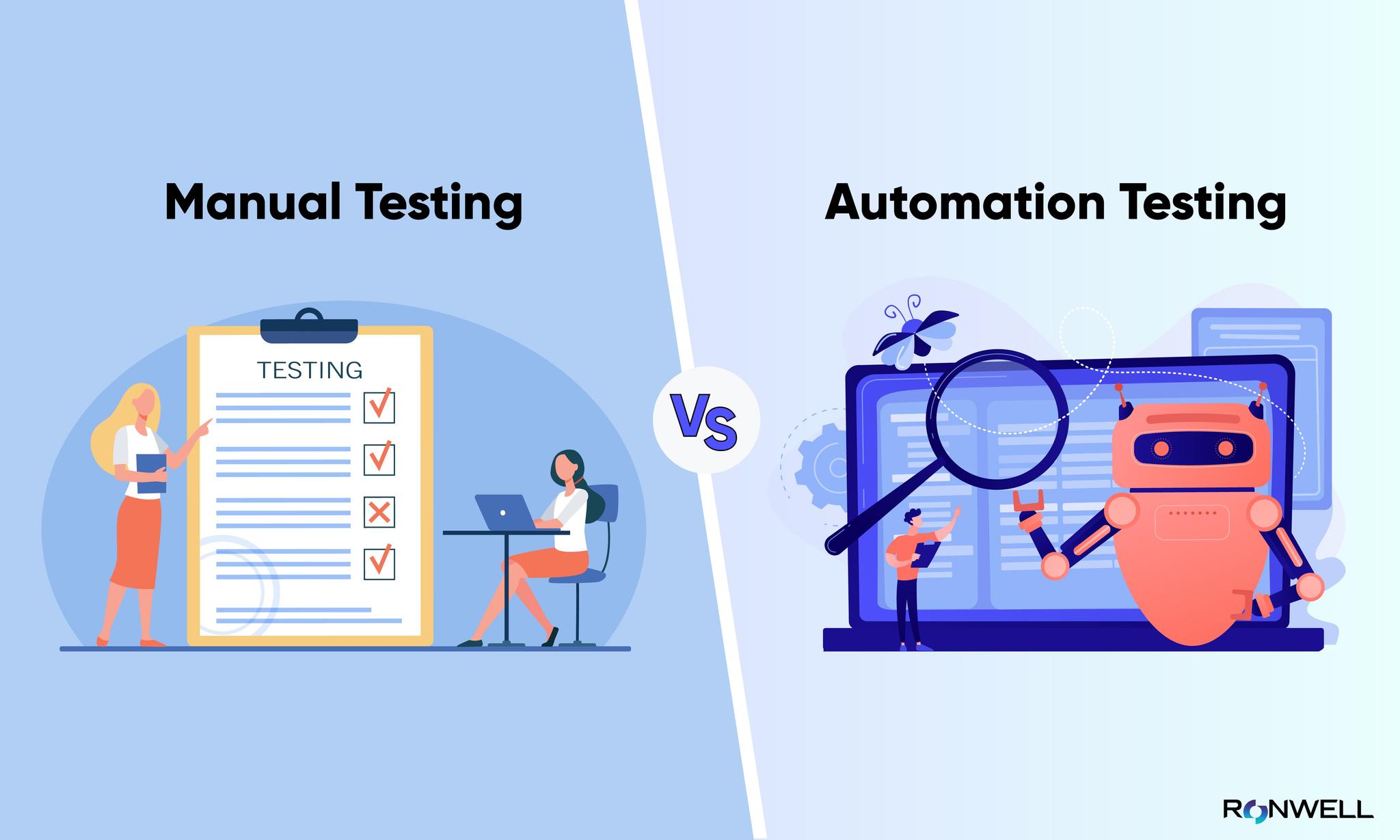In agile projects, the decision should be based on the task at hand. Use manual testing in the early stages when new features need to be explored or when testing usability. Once the functionality is stable and repetitive, automate regression, performance, and load tests to save time. Agile thrives on fast iterations, so a combination of both manual and automated testing is often the best approach.
-
Manual testing is best for new features, user experience, and when human judgment is needed.
-
Automation testing excels in repetitive tasks, frequent tests, and large-scale projects.
-
Manual testing can be time-consuming and prone to human error, while automation requires upfront setup.
-
Best practices include clear test cases for manual testing and integrating automation into CI/CD pipelines for efficiency.





